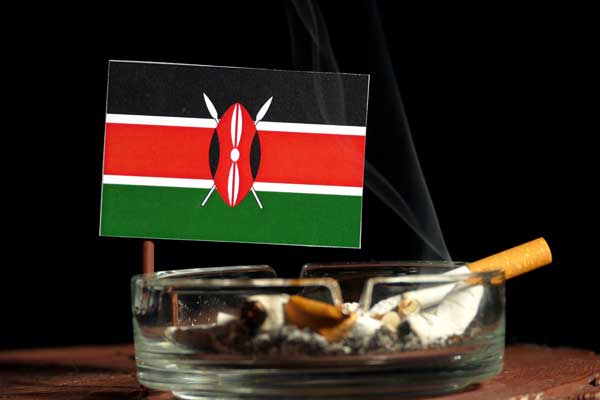While the increasing demand for cigarettes in Africa seems to be driven primarily by population growth, many countries on the continent are reporting increased smoking rates, according to a News24 story citing the findings of a study by the University of Cape Town’s Economics of Tobacco Control Project (ETCP).
The University said in a statement that demand was being driven too by increasing incomes.
‘Consumers in Africa are now able to afford cigarettes and coupled with weak tobacco control laws, this has resulted in the tobacco industry focusing its attention on increasing its market presence,’ the university said.
The study, Trends in cigarette demand and supply in Africa, says that Africa has become a ‘prime target’ for the tobacco industry.
The study examined cigarette consumption in 22 countries that account for 80 percent of the continent’s population and found that between 1990 and 2012, cigarette consumption increased from 165.6 billion to 238.5 billion: 44 percent.
“This upward trend in consumption continues today,” Nicole Vellios, researcher at the ETCP and co-author of the study, was quoted as saying.
Meanwhile, the report said that cigarette production had increased in the 22 countries by 106 percent during the same period as Africa had moved from being a net importer to a net exporter of cigarettes.
At the same time, cigarette production had become more concentrated as the tobacco industry had identified certain countries as its main production hubs: South Africa, Kenya, Nigeria, Egypt and Algeria.
The researchers said they had had to rely on commercial data due to the lack of official statistics; and they concluded that African governments needed to collect and report reliable production, sales and trade data.
‘This could be achieved by improving surveillance systems with the help of new technologies,’ they concluded.
‘To avoid further increases in consumption, African governments should implement and enforce policies such as higher excise taxes, advertising bans, smoke-free areas and warning labels as outlined by the World Health Organization’s Framework Convention on Tobacco Control.’
Smoking on the up in Africa











